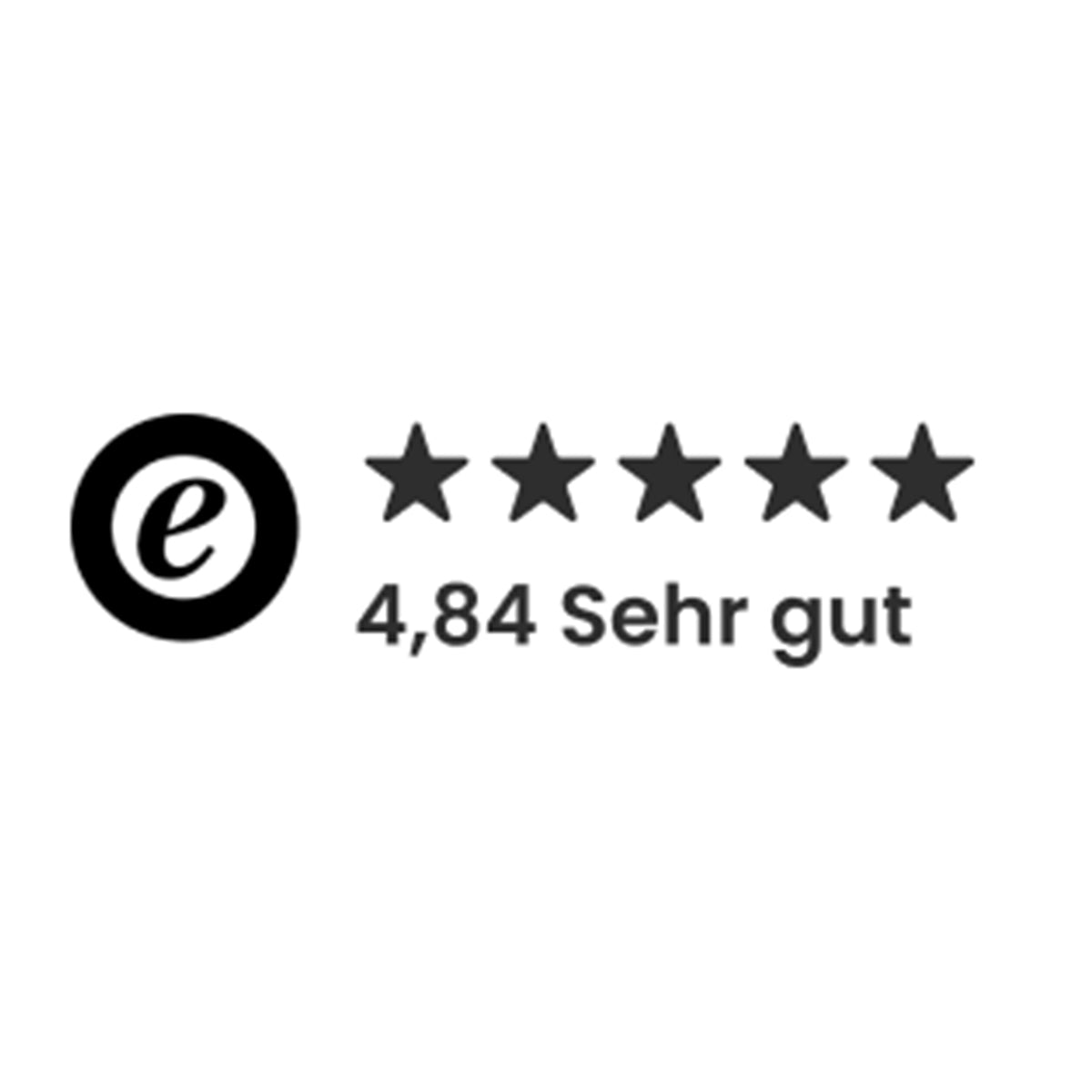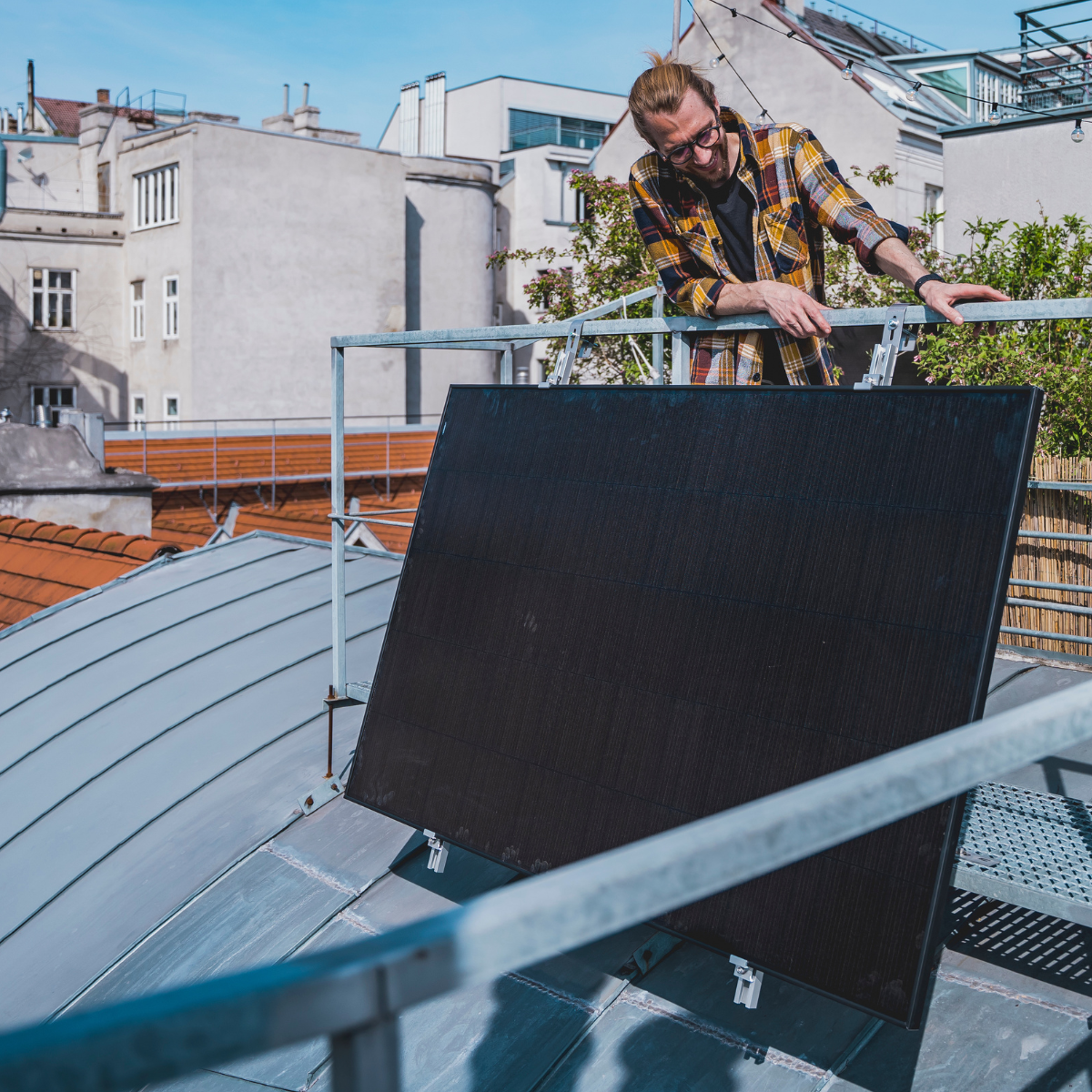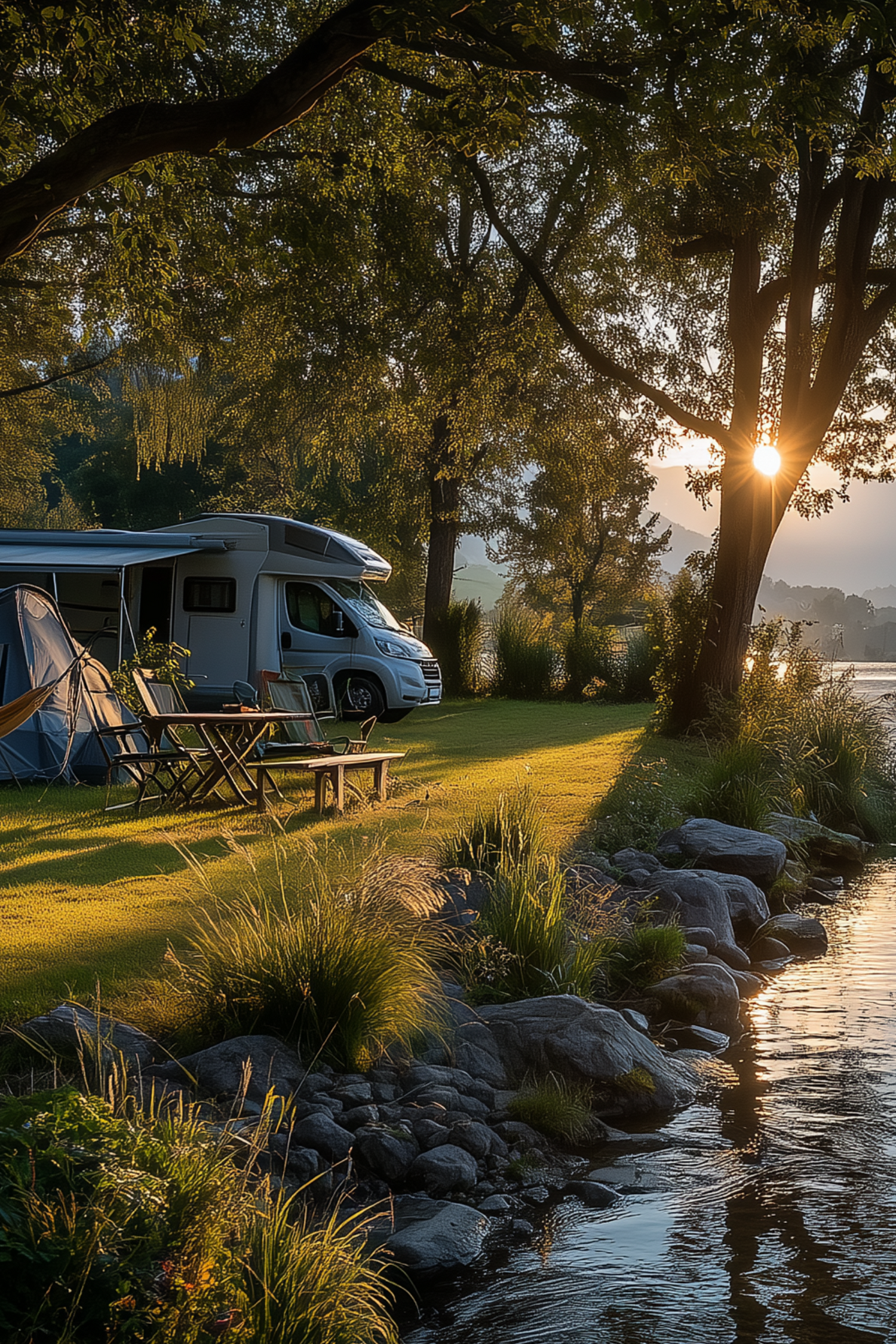Not every lithium battery is the same. Anyone interested in a modern energy supply for a motorhome, a solar system, or off-grid applications will quickly come across the terms "lithium-ion" and "LiFePO4" (lithium iron phosphate) . Both technologies belong to the lithium battery family – but their properties differ significantly.
In this guide, you will learn which battery is suitable for which application , what makes the new NOVA series from WATTSTUNDE special – and what you should really pay attention to when buying.
Lithium is not the same as lithium: The differences
| feature | Lithium-ion | LiFePO4 |
|---|---|---|
| Energy density | Higher | Slightly lower |
| Cycles | 500–1,000 cycles | 2,000–6,000+ cycles |
| Temperature behavior | Good in cold weather | Robust in heat, needs heating in frost |
| Security | Thermally unstable | Extremely safe, non-flammable |
| Areas of application | Power stations, mobile devices | Mobile homes, solar storage, self-sufficient systems |
In summary: If you want to be safe, durable and low-maintenance on the road – especially in a caravan, garden house or with solar storage – you are much better off with LiFePO4 .
How do I find the right battery?
The right battery depends on your needs. Ask yourself the following questions:
-
Which devices do you want to power?
Depending on your consumption, you'll need different capacities. A 1,000-watt inverter, a refrigerator, or a coffee maker require significantly more than just LED lighting. -
How long do you want to be self-sufficient?
Plan for at least one day's supply—preferably two. This will increase your independence in bad weather. -
Where is the battery installed?
Under the seat, in a storage compartment, or in the basement? Not every battery fits everywhere. Our NOVA Base series, for example, fits perfectly under the seat in a Fiat Ducato .
The NOVA series from Solarkontor
NOVA Base
The ideal solution for compact vehicles or moderate applications.- Capacities: 20–200 Ah
- Compact dimensions (e.g. DIN under-seat compatible)
- Up to 3,000 cycles
- Integrated BMS
- 5-year warranty
NOVA Core
For the highest demands – even in frost and continuous operation.
- Capacities: 100–480 Ah
- Integrated heating mat – chargeable down to –30 °C
- Up to 6,000 cycles
- Expandable & interconnectable (up to 4 units in parallel/serial)
- App-enabled, BMS with Bluetooth
- Up to 7 years warranty
Technical comparison: NOVA Base vs. Core
| feature | NOVA Base | NOVA Core |
|---|---|---|
| capacity | 20–200 Ah | 100–480 Ah |
| heating mat | No | Yes |
| Bluetooth/App | No (partially) | Yes |
| Interconnectable | Yes | Yes (up to 4× in series/parallel) |
| guarantee | 5 years | Up to 7 years |
| Application | Mobile, compact | Stationary, winterproof, expandable |
And which battery fits in my motorhome?
Choosing the right battery depends heavily on the vehicle type, available space, and intended use. Here's an overview of which battery is best suited for your camper, van, or motorhome . Here are the three most important factors to consider:
1. Space question: Where should the battery be installed?
-
Underseat solution (e.g. Fiat Ducato, VW Crafter, Mercedes Sprinter)
With its compact DIN dimensions, the NOVA Base 100Ah fits perfectly under the driver’s seat .
Ideal for those who don't want to make any major modifications.
-
Storage box / rear garage / floor compartment
This gives you more flexibility. NOVA Core 150–200Ah offers more capacity in the same space—perfect for self-sufficient travel with an inverter.
-
Multiple batteries in parallel or in series?
If you need larger amounts of power (e.g. for air conditioning, induction, 230 V continuous operation), the NOVA Core series can be interconnected (up to 4x) – ideal for large motorhomes or liners.
2. Year-round use or short summer tours?
-
Only traveling in summer?
The NOVA Base series is perfectly adequate. It's lightweight, compact, and efficient for all common camping applications.
-
Traveling all year round or in winter?
Then the NOVA Core with integrated heating mat is the right choice.
It can even be charged at temperatures as low as -30°C – hardly any other battery in this class can do that.
3. What needs to be supplied?
| consumer | Recommended battery |
|---|---|
| LED, USB, water pump | NOVA Base 100–120Ah |
| Refrigerator, light, inverter (small) | NOVA Base 150Ah or Core 150Ah |
| Coffee machine, induction, air conditioning | Core 200Ah+ with 1500–2000W inverter |
| Large power applications + winter operation | Core 300–480Ah (also available as 24 V) |
In summary: If you have a compact van or semi-integrated camper , the NOVA Base 100Ah is often ideal – especially because of its under-seat compatibility.
If you have a high energy requirement or want to be self-sufficient in winter , you should choose the NOVA Core series – it offers maximum safety, durability and performance.
Note on our recommendations
The information and product recommendations presented in this guide are based on general experience gained from practical experience, consulting, and product testing. They are intended as a guide and initial assessment.
Please note that every vehicle, every solar system, and every usage situation is unique. Our information therefore does not constitute a guarantee or binding commitment . Always check the technical requirements of your system carefully or seek individual advice from our team.
Tip: Unsure? Our team is a campervan expert—we'll be happy to help you find the right battery for your vehicle type and installation location.










